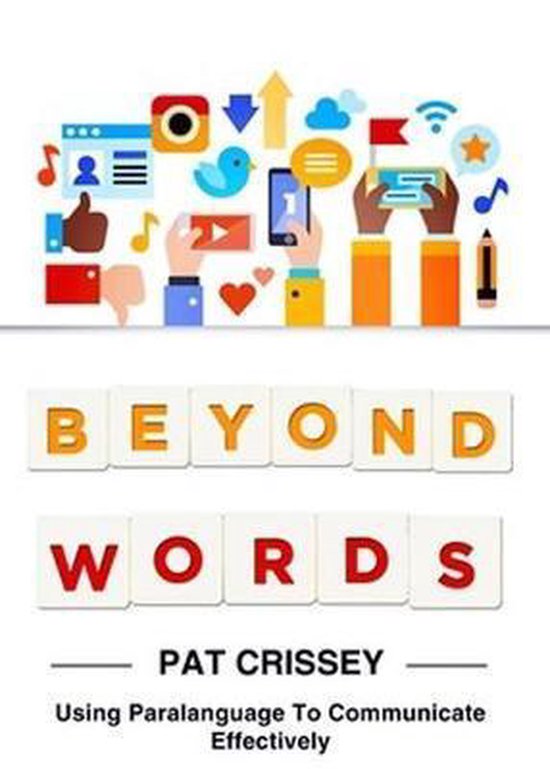Our ability to understand nonverbal communication is essential for successful social interactions. If we don't know what is being communicated, how can we respond appropriately? In recent years, awareness has been raised concerning the importance of understanding nonverbal communication, including facial expressions, body language and tone of voice. Reading these nonverbal clues has proven challenging for some individuals, including many on the autism spectrum. Yet parents, teachers and therapists have often been left to their own devices, as far as how to teach nonverbal communication. How does one teach something so complex, yet so intuitive? Beyond Words: Using Paralanguage to Communicate Effectively was written to provide a sequence of teaching activities for students struggling to understand paralanguage. It begins with a quick overview for understanding emotions and body language. These topics are not covered in detail in this curriculum, however some activities are provided, as well as a list of resources for teaching these topics in more detail. This curriculum has broken down paralanguage into its distinguishing characteristics; volume, rate, emphasis and inflection, with a chapter devoted to each. The final chapter entitled, Tone of Voice, integrates all of these different voice characteristics, along with facial expressions and body language to give the student practice at determining the speaker's emotional state in a more holistic way, considering all aspects of nonverbal communication together. The main emphasis throughout the curriculum is that it is activity based. Like learning a new language, what is needed is a lot of practice and repetition. A wide variety of engaging activities are used to teach and reinforce skills, including listening practice, games, movie clips, role-plays, and apps. This curriculum has two goals. The first goal is that students become better communicators, both at expressing themselves as well as understanding others. The second is that they have fun and enjoy the process of learning these new skills.
